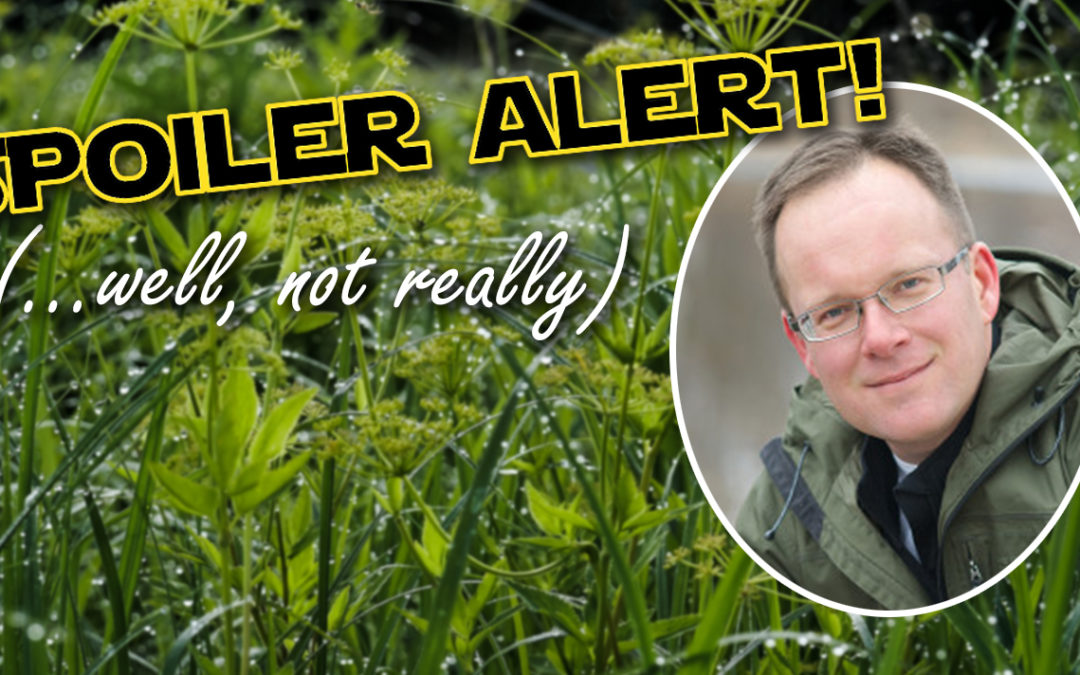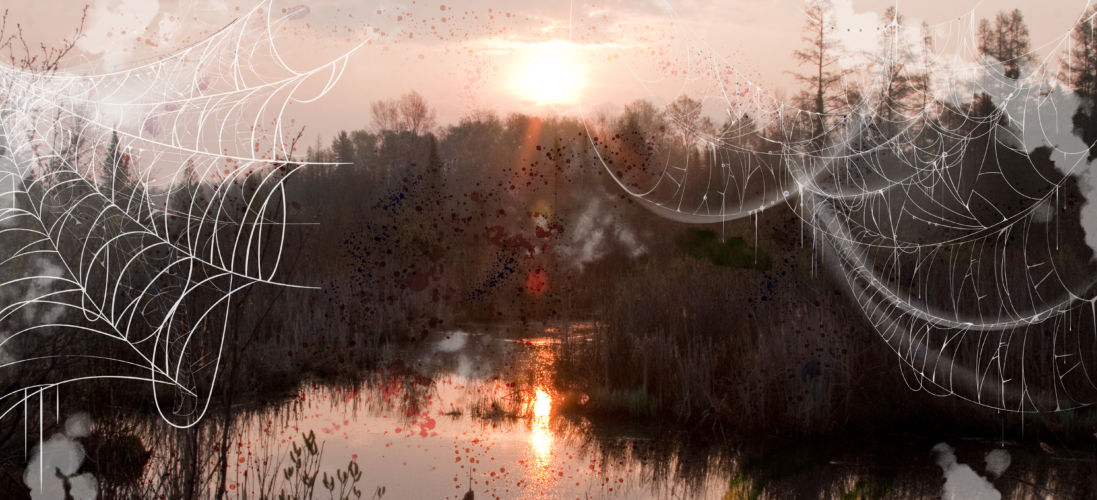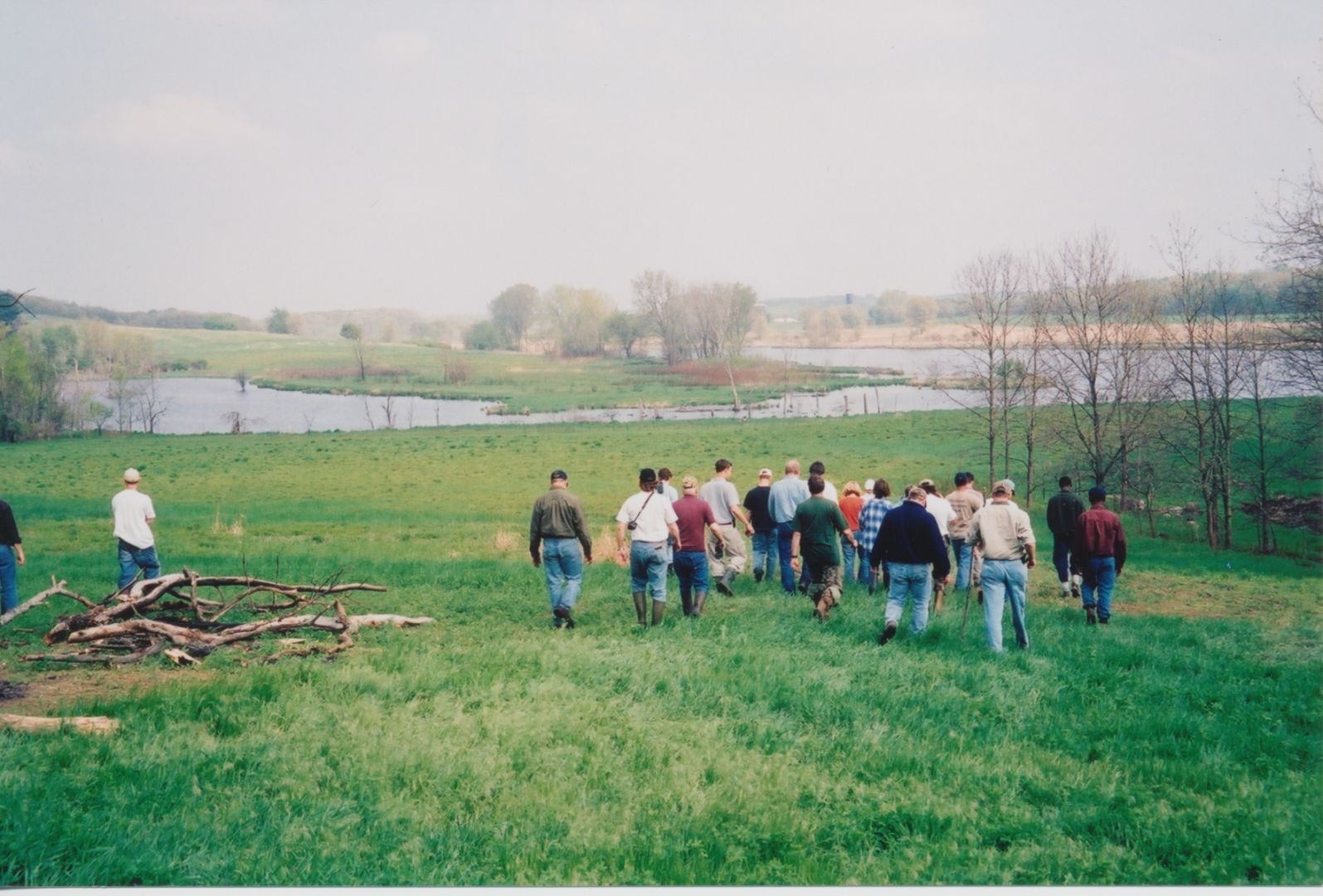By Matthew L. Miller, Plenary Speaker at the 2020 Wetland Science Conference.
My brother and I have been going to see the latest Star Wars movies together since the first one premiered in 1977. Lately, we have had to wait to watch the new films together over the holidays, as we now live 2,500 miles apart.
This means I spend a week or two actively avoiding spoilers. Social media is abuzz with slipped plot points and surprise endings. I overhear references to “Han Solo” at the coffee shop and close my ears. I avoid reviews and chatty coworkers. I don’t want to ruin the movie, after all.
We all hate spoilers.
And yet, looking at typical conservation communicators you might draw a different conclusion. A lot of organizational and agency communications today are built around talking points, messages, and elevator pitches. Certainly, there’s nothing wrong with learning to distill your main message. These tactics have their places. But they’re overused.
And often, the talking points are not very good. They’re designed to meet internal priorities, not your audience’s needs. They’re at once too basic and too filled with jargon. And they’re written by committee.
Conventional wisdom suggests that, in an era of information overload, people need bullet points or they won’t pay attention. And yet, receiving bullet points to The Rise of Skywalker would be an unsatisfying and disappointing experience. The bullet points would save me time and money. I would learn the same information I would get by sitting in a movie theater. But the impact would not be the same.
Many of your audiences don’t need talking points. They need to hear, read, and experience your stories. And they will pay attention to your story—if you tell it in the right way. If you tell it authentically, honestly, and with creativity. And if you forget for a moment organizational priorities and focus instead on what your audience needs.
You tell stories every day. It is how we map and make sense of the world. And yet, when it comes to conservation, there is often the sense that we need to tell people either simplified messages or tell them everything.
People will join your journey if you tell the story in the right way. But how do you do that? There isn’t one way. Obviously, you would talk differently to a group of hunters who care about waterfowl populations than you would to a group of school kids who care about turtles. You would share a different presentation with landowners than you would with the local birding group.
But the keys to successful storytelling, and the pitfalls, apply to nearly every situation. And what are those? Well, you don’t expect me to give you spoilers, do you? You’ll have to attend my presentation at the Wisconsin Wetlands Association’s annual conference.
But here’s a brief preview: There will be lots of entertaining examples of what to do, and what not to do. Some of the examples will get you to think about your communications in a different way. There may be a few more Star Wars references.
And you’ll learn how I lost something very valuable in a Wisconsin wetland. It’s still out there. Maybe.
See you at the conference.
Want to learn how to be a more effective communicator for wetlands? Hear more from speaker Matthew L. Miller at his presentation, “Telling the Wetlands Story in an Era of Information Overload,” on Feb. 20 at the 2020 Wetland Science Conference. Advanced registration closes on February 13, so register today!
Beavers as restoration partners
Read an excerpt from 2020 banquet speaker’s, Ben Goldfarb’s, book Eager.
Hallowed shallows: Moving beyond the haunted history of wetlands




